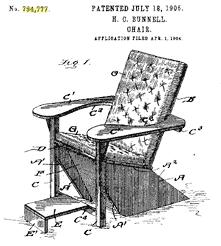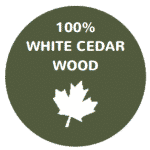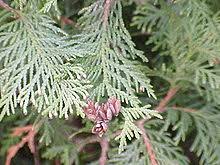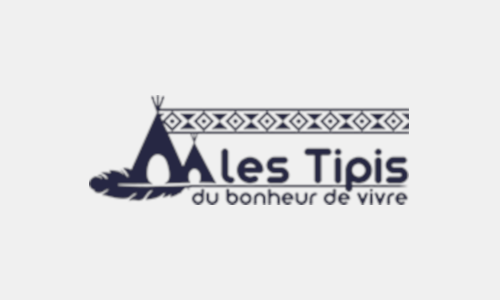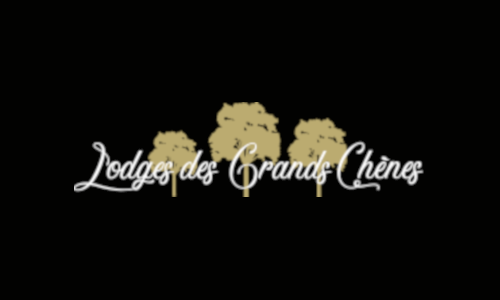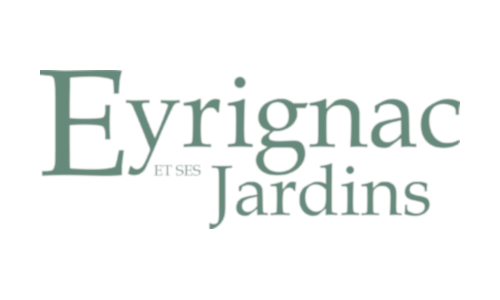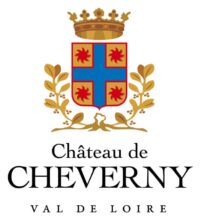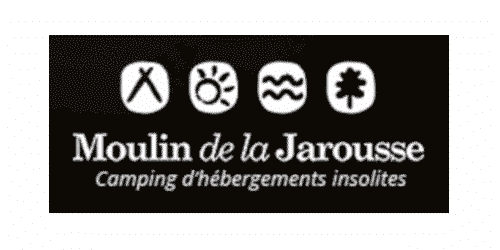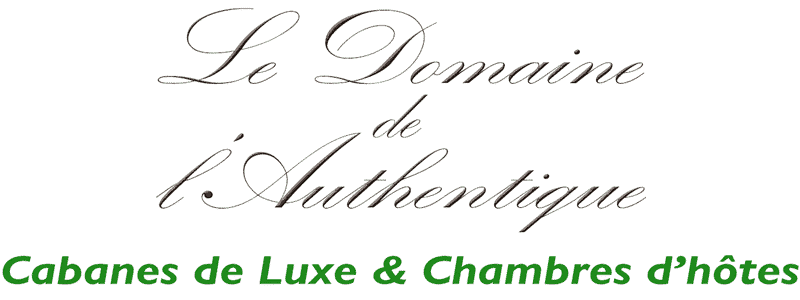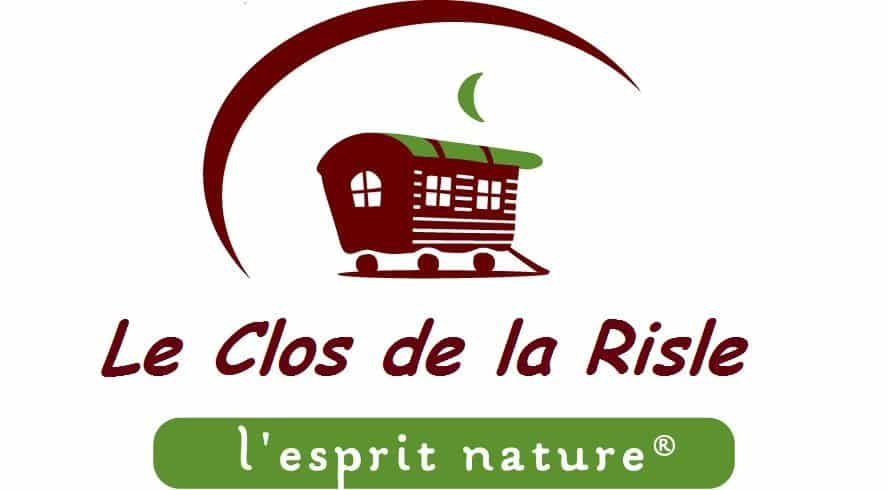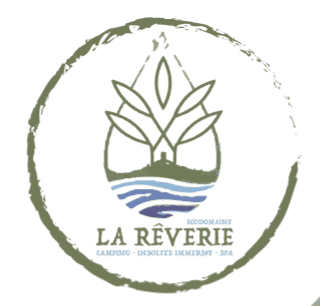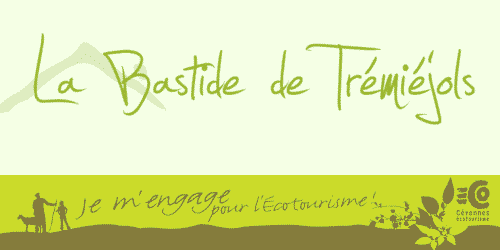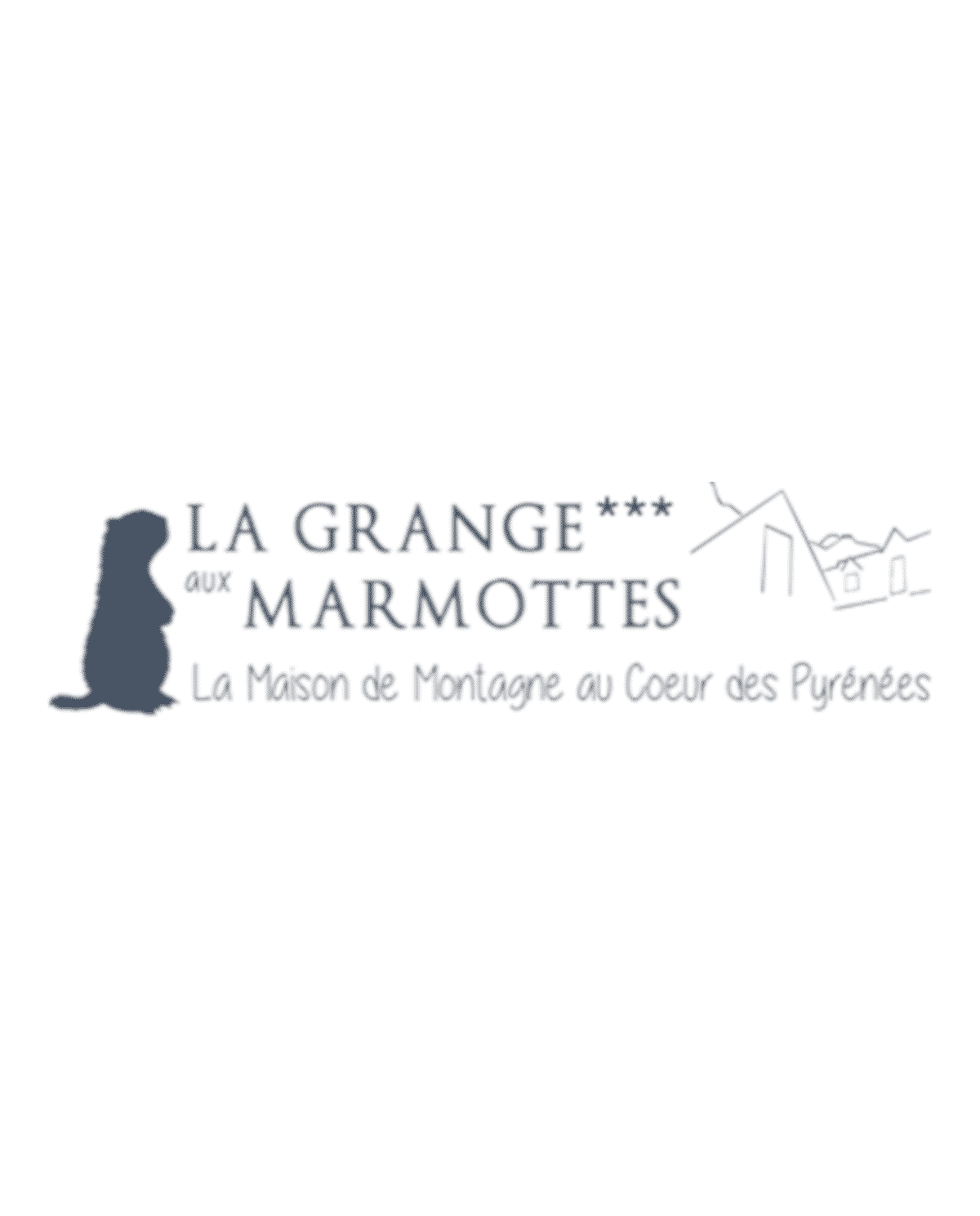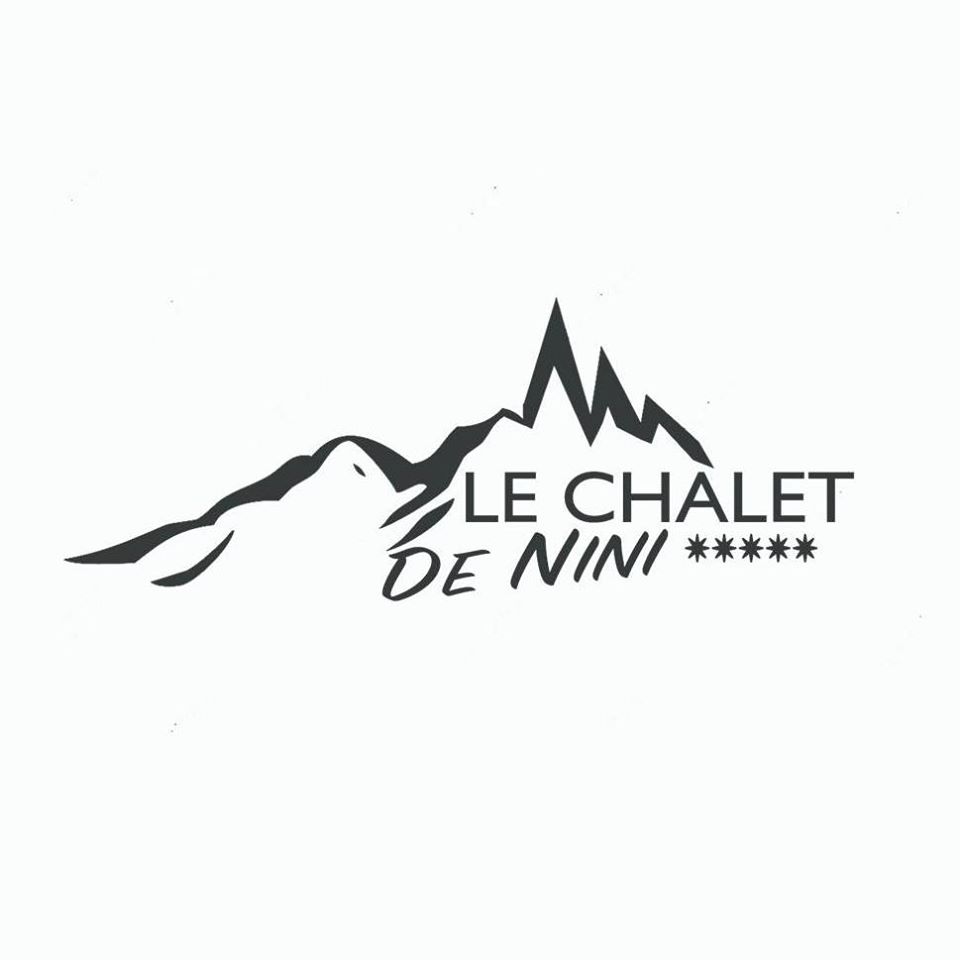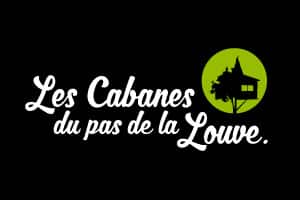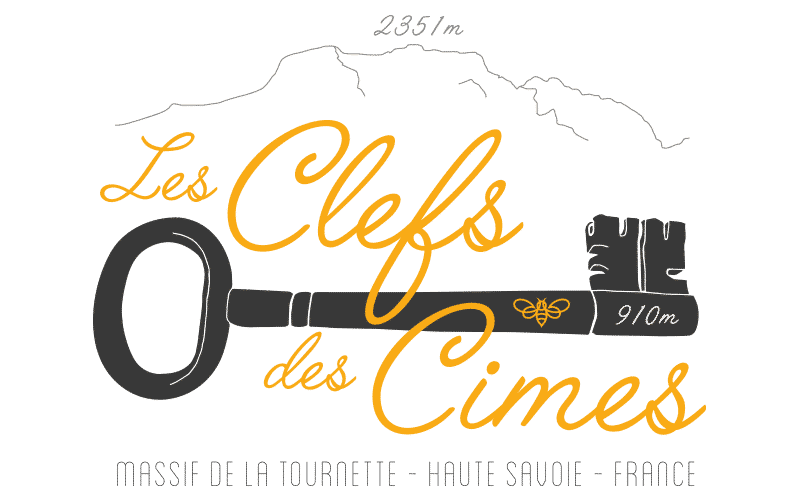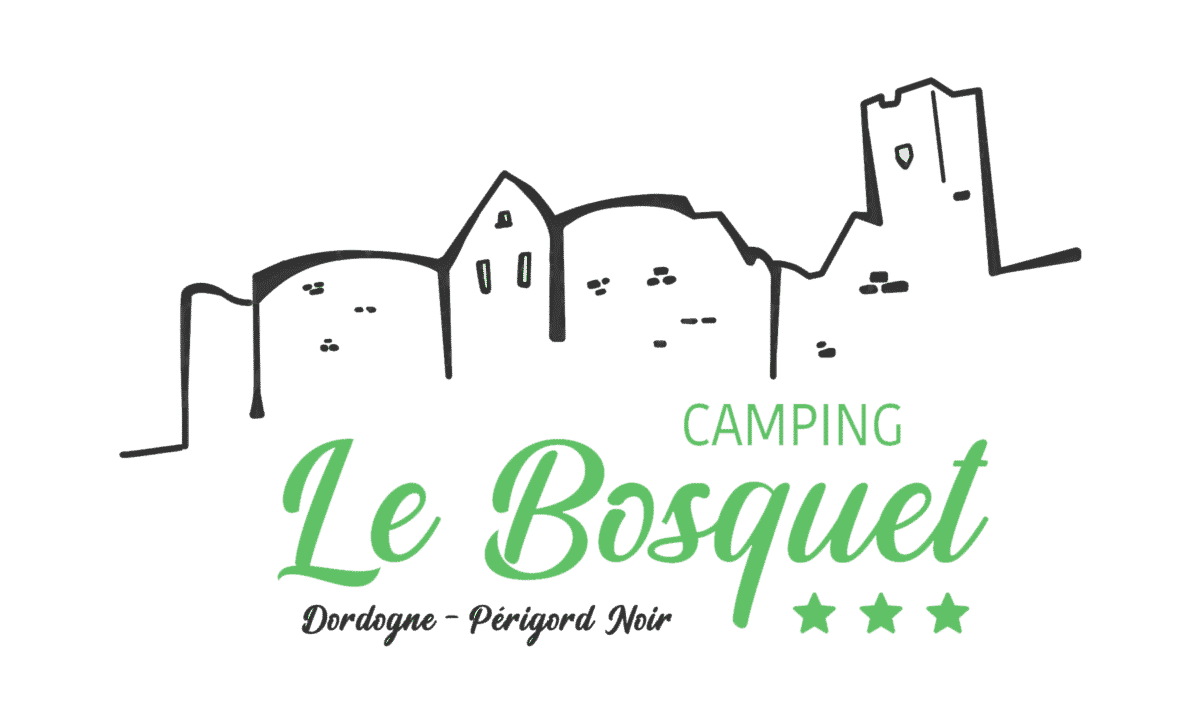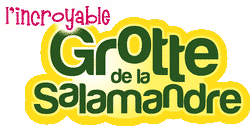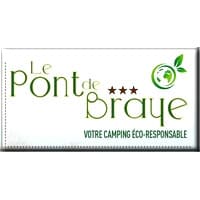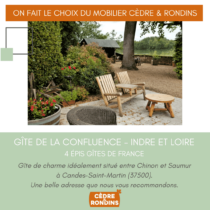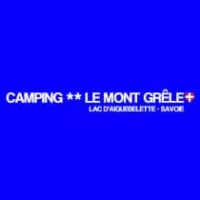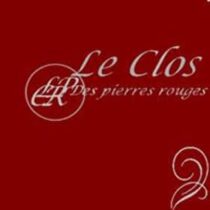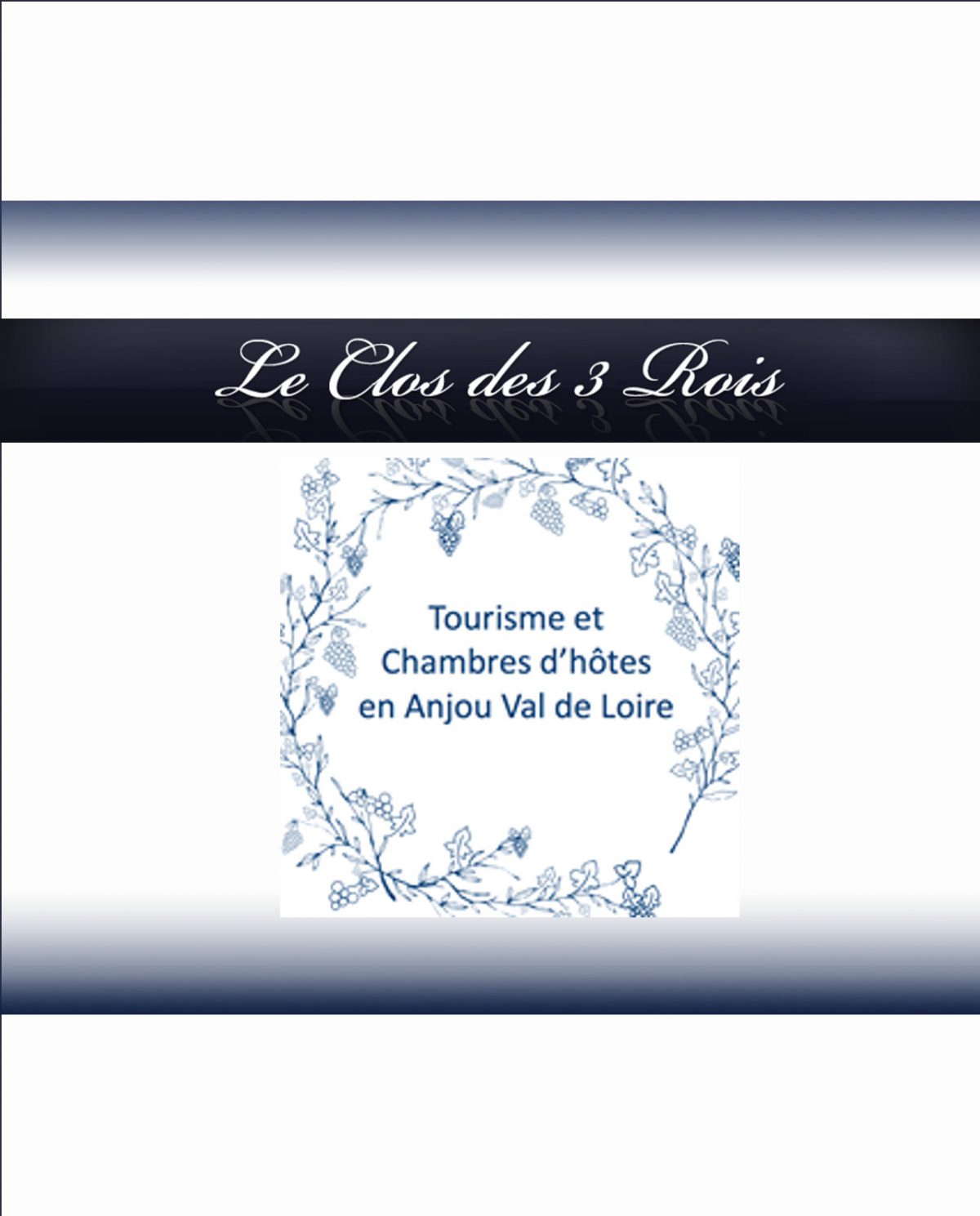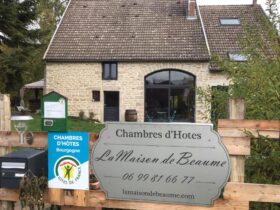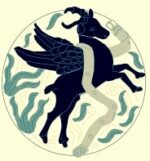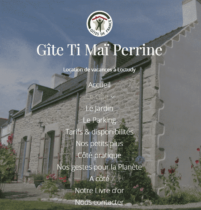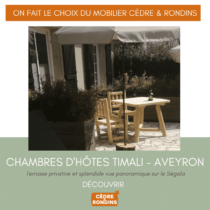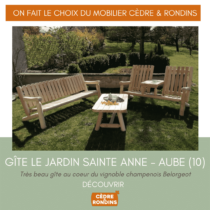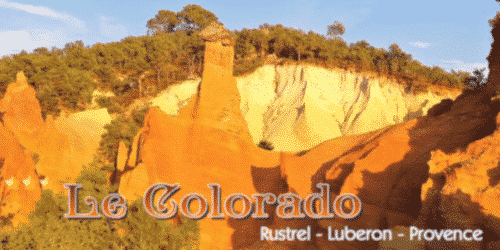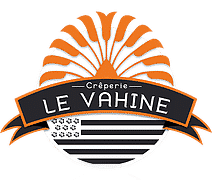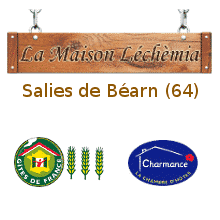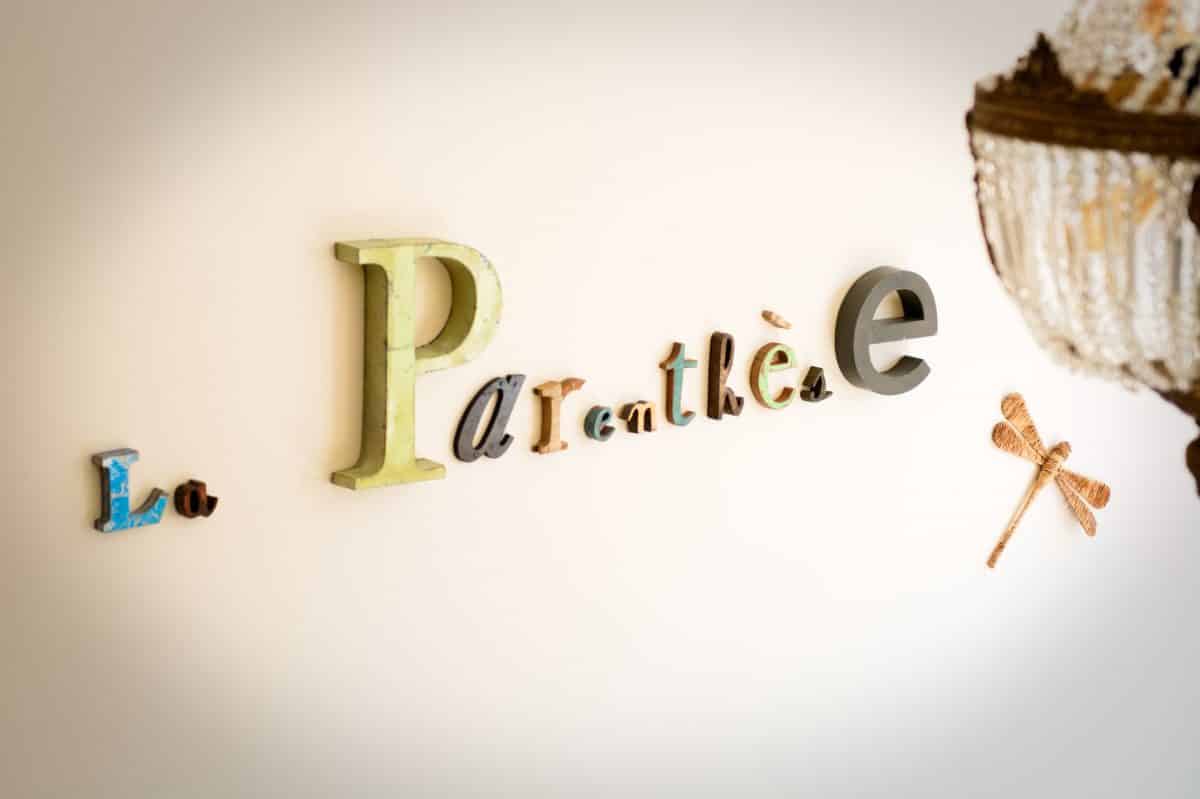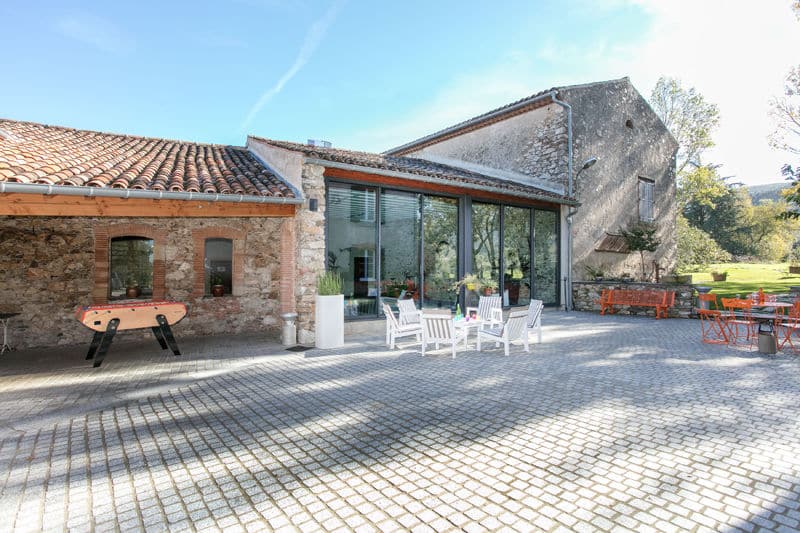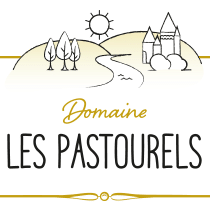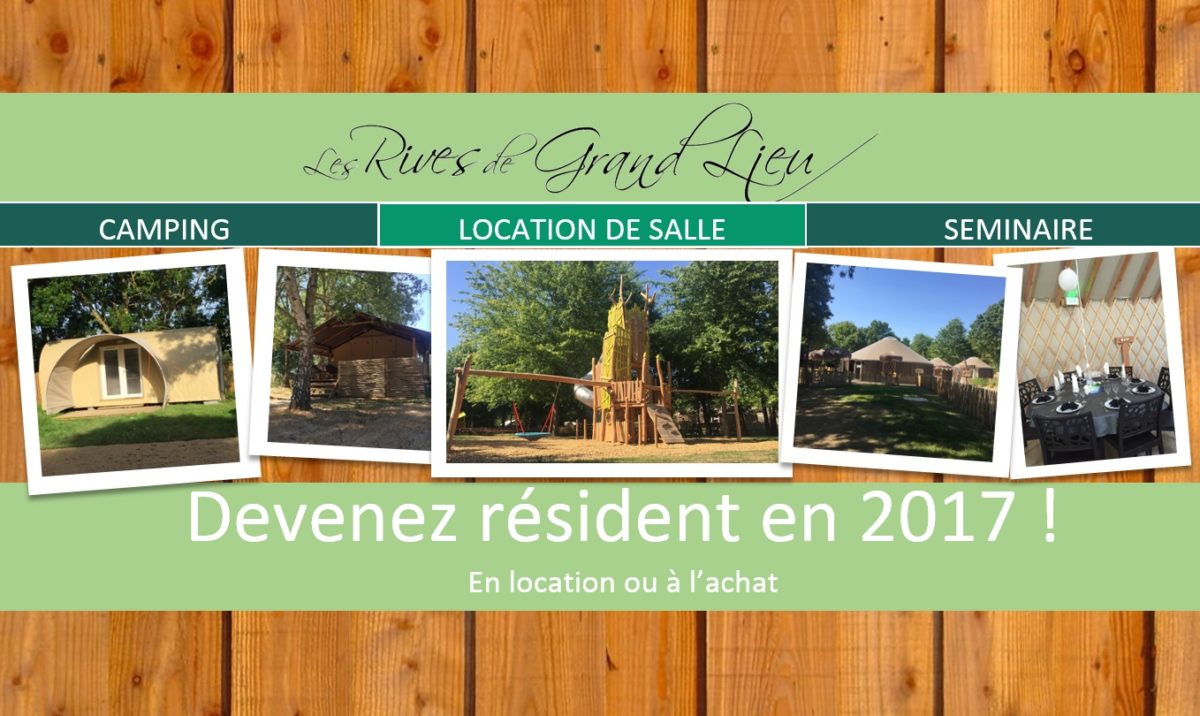About us
Cèdre & Rondins is a French company specialising in the distribution (France and Europe) of Canadian white cedar furniture.
Specialising in rustic yet elegant furniture suitable for both indoor and outdoor use, Cèdre & Rondins offers authentic Canadian style and craftsmanship in their charming designs.
Cèdre & Rondins guarantees to its customers products of great quality and incomparable durability at lower cost.
To satisfy its customers, its dynamic sales team provides quality service with personalized advice.

Presentation of the collection
Cèdre & Rondins sells a complete collection of indoor and outdoor furniture that can be customized according to the needs of its clientele and adapted to each budget, in solid and natural wood, 100% white cedar, made in Canada.
Still little known in Europe, this elegant and original furniture differs from the products currently on the market.
Its main asset is its wood, white cedar, robust and high quality, for a long-term investment and a satisfaction of use.
Indeed, all our furniture is made of white cedar (Thuja occidentalis) from Eastern Canada, a wood with a pleasant smell, known for its beauty, durability and quality.
Our furniture offers maximum comfort, thanks to a sanding process that provides a smooth, smooth surface without splinters and a superior finish.
Naturally rot-proof, they do not require any treatment product.
Without any chemical preservatives, our furniture can be used indoors and outdoors.
Outside, they do not need wintering, they will become over time a beautiful silver gray.
They also offer the possibility of being varnished, stained or painted.
Our furniture is in most cases delivered pre-assembled with an assembly manual (in French and English) guaranteeing a quick and easy assembly.
Not to disappoint you
We draw your attention to the natural slits of white cedar logs
All log furniture is subject to a natural process called “checking”.
As wood releases moisture, checking can occur across or through its annual growth rings.
This normal result of wood seasoning occurs only on the surface of the wood, and does not affect the wood’s structural performance or integrity.
In fact, we believe these characteristics only add to the natural beauty of your furniture.
Checking can range from very slight slivers to cracks running the full length of the log to the heart of the wood.
Checking is completely normal and in no way affects the integrity of the wood or the strength of the furniture.
We draw your attention to the article below:
Paragraph 10.6 CGV :
The natural slits specific to the White Cedar, pledge of its authenticity and the quality of the wood, present at the unpacking or appearing in the time do not fall within the scope of the manufacturer’s commercial guarantee and the legal guarantees. and the sap possibly detectable at the beginning of life of the Products.
Video presentation

Rainforest Alliance certified logging operations are managed according to rigorous environmental, social and economic criteria to conserve wildlife, conserve soil and waterways, protect workers, their families and local communities and increase their livelihoods for real sustainable development in the long term.
Eco-furniture is a sector created in December 2011 for the recycling of used furniture. This sector is financed by the implementation of eco-participation in the purchase of new furniture since May 1, 2013.
In a word !
The unique properties of this warm, classic wood species have made it a popular choice for over a century:
- The top choice for any outdoor application exposed to the weather
- Decay-, moisture-, and insect-resistant
- Needs no chemical preservatives
- Very lightweight
- Regenerates quickly after cutting
- Naturally light color can be stained to fit with any décor
- Ideal for indoor and outdoor use
- Smells great
Texture : Smooth surfaces (exclusive sanding process) – splinter free
Qualities : Untreated – Resistant and durable – Maintenance free – Good machining, nailing and screwing – Easy to stick – Great for painting, stain and varnish – Excellent permeability – Resistance to mold and insects.
Uses
White cedar wood is ideal for both indoor and outdoor uses.
– Exterior cladding : wooden planks, planks, joint roofing, shingles, roof shingles, decking, porch, porches, poles, fences and trellises, mulch, wharf, pontoons and watercraft, …
– Interior finishes : ceilings, paneling, paneling, doors and windows, …
– Furniture : Outdoor or indoor furniture in the natural state, varnished or painted.
Wood : the best ecological choice
Wood is a renewable, recyclable and environmentally sound material.
Scientific studies confirm that wood requires less energy in manufacturing, assembly and maintenance than houses made primarily of concrete and steel.
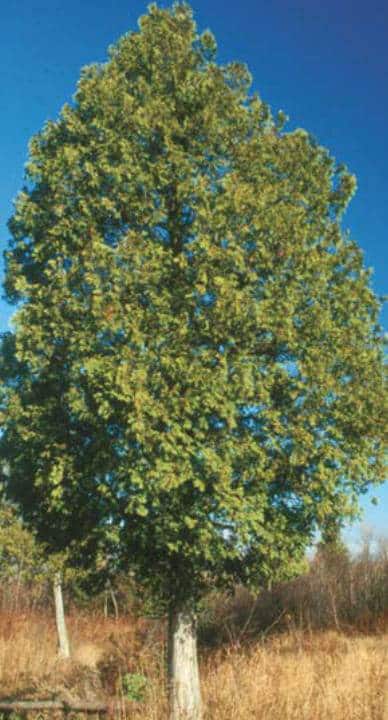
White cedar is a tree from Eastern Canada (Eastern White Cedar). It is a thuja.
Eastern white cedar (Thuja occidentalis L.) is a Thuja conifer species of the family Cupressaceae, native to northeastern North America (mainly Quebec and New Brunswick).
It is called “white cedar” or “cedar” in the French-speaking regions of North America. He is also named Thuya of Canada and more rarely Thuja of the West.
This conifer in northeastern North America develops very slowly. With an average size of 15 to 20 meters and a diameter between 40 and 90 centimeters, it can measure more than 20 meters at maturity with a diameter of 120 to 150 centimeters. With a long life, some trees live up to 800 years.
Compared to western red cedar (Thuja plicata L.), white cedar is generally lighter, finer in texture and with less visible growth rings.
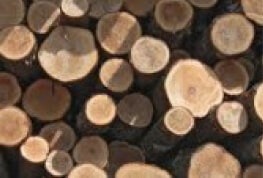
White cedar: a question of tradition …
For centuries, one of Quebec’s traditions has been to use white cedar chests to protect clothing from insect damage.
Quebeckers use white cedar to build their homes and build barriers. For years, farmers have used this wood for fencing for their livestock because of the exceptional durability of their wood.


ADIRONDACK – Origin of the name
ADIRONDACK is the name of the Adirondack Mountain Range in the Adirondack National Park in northeastern New York State.
This park was founded in 1885. Covering an area of 24,000 square kilometers, it is the largest “Historic Landmark” park in the United States.
The Adirondack Mountains form a massif in northeastern New York, United States. Its boundaries correspond to the boundaries of Adirondack Park. The mountains form a roughly circular dome, about 160 miles (260 km) in diameter and about 1 mile (1,600 m) high. The current relief owes much to glaciation.
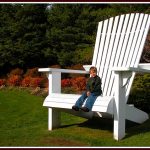
The birth of the Adirondack
The Adirondack chair (in Canada, more commonly called a Muskoka chair) is a simple chair made of wood or man made materials, generally used outdoors. Originally made with 11 flat wooden boards, it features a straight back and seat and wide armrests. The advent of various man made materials have allowed for this style of chair to be made from polymers and other hard impact plastics.
The first Adirondack chair was designed by Thomas Lee while vacationing in Westport, New York, in the Adirondack Mountains in 1903. Needing outdoor chairs for his summer home, he tested his early efforts on his family. After arriving at a final design for a “Westport plank chair”, he offered it to a carpenter friend in Westport in need of a winter income, Harry Bunnell. Bunnell saw the commercial potential of such an item being offered to Westport’s summer residents, and apparently without asking Lee’s permission filed for and received U.S. patent #794,777 in 1905. Bunnell manufactured hemlock plank “Westport chairs” for the next twenty years, painted in green or medium dark brown, and individually signed by him.
Modern Adirondack chairs usually feature a rounded back and contoured seat, modifications made by Irving Wolpin, who received U.S. patent #109239 for his design in 1938.
Wikipedia extract
